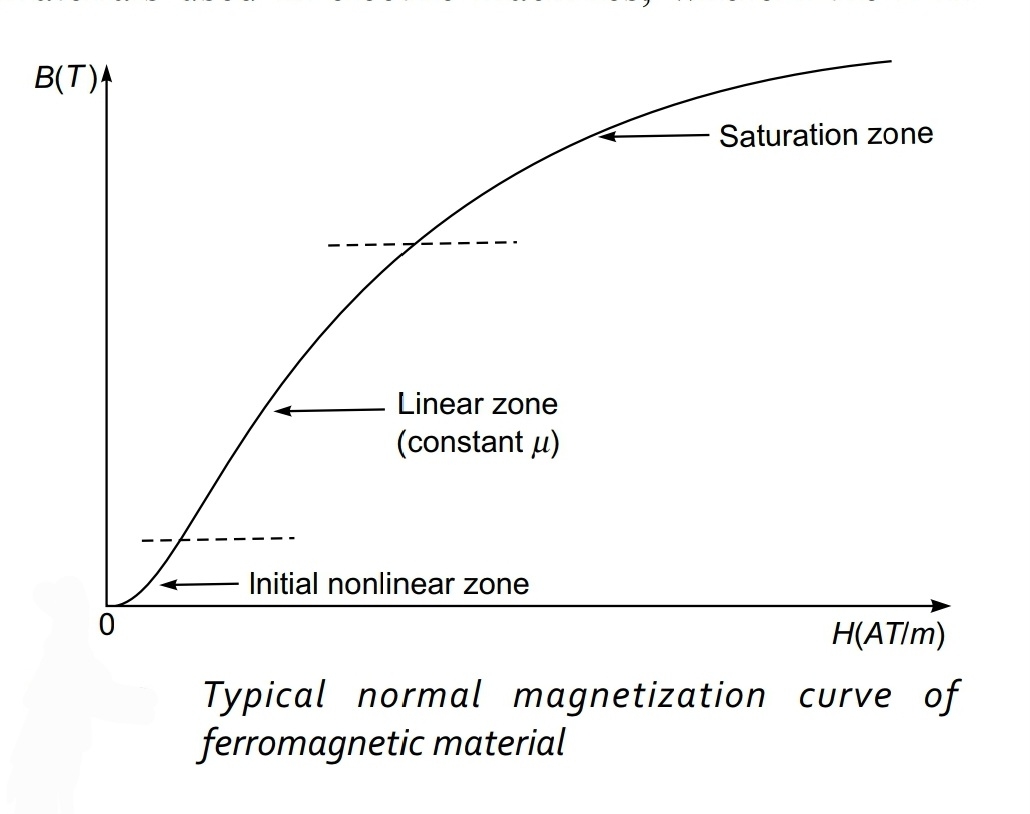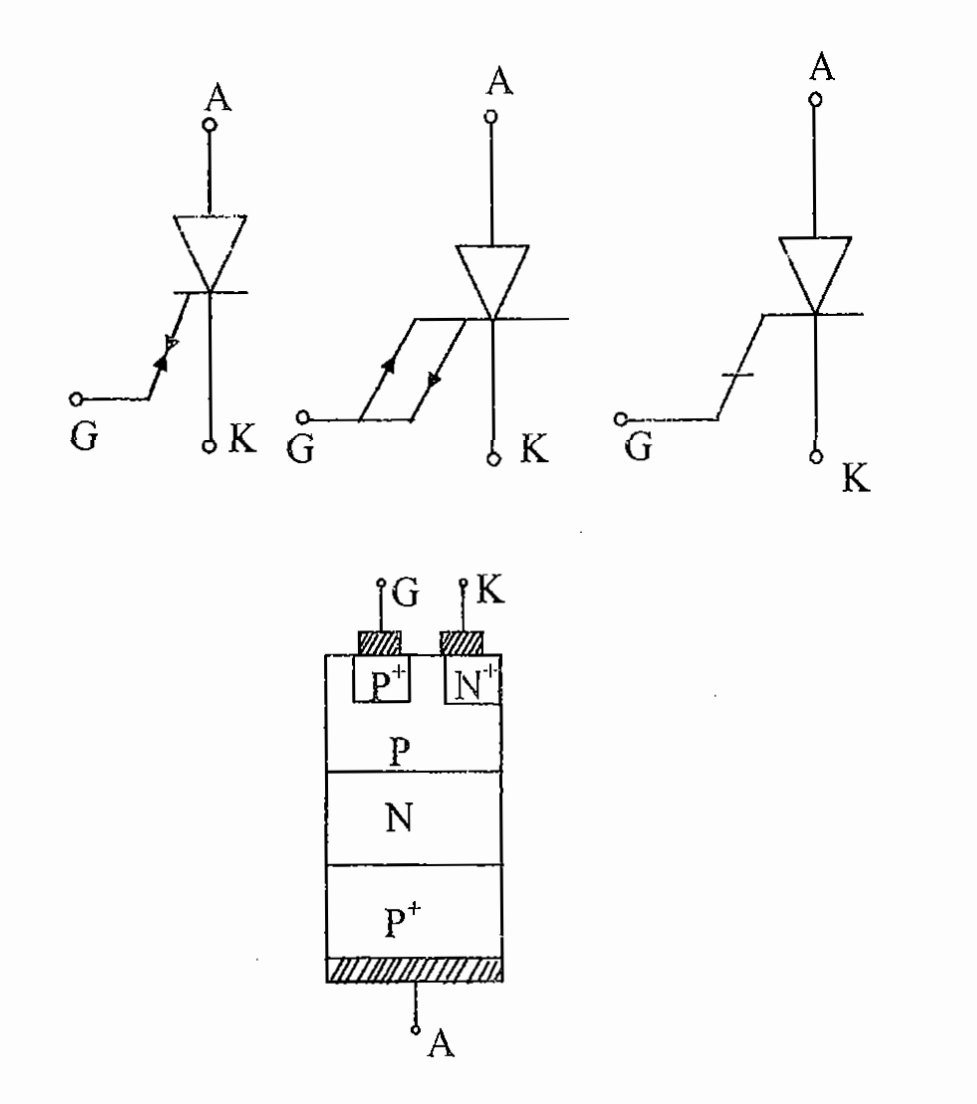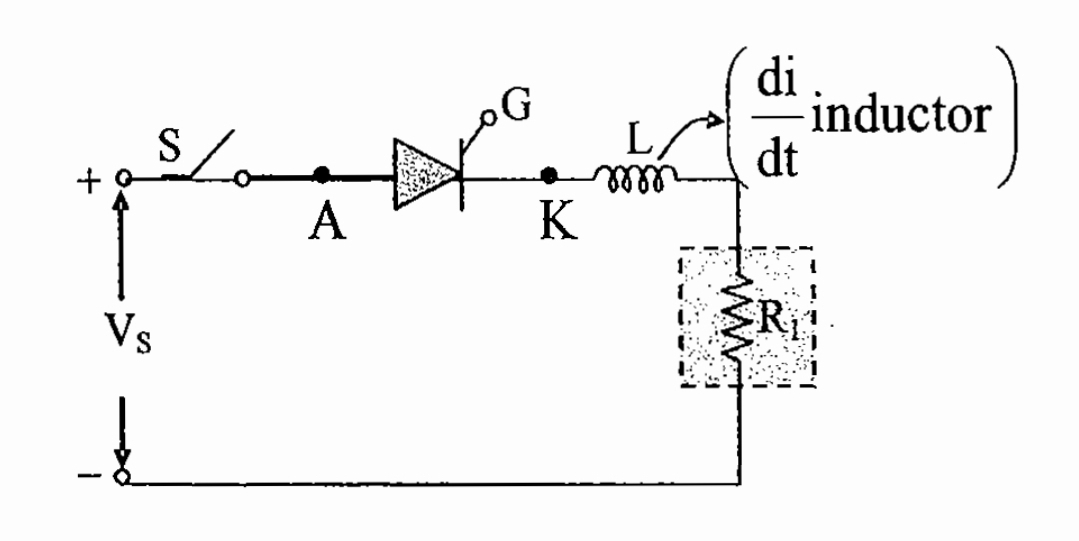ALL ABOUT B-H RELATIONSHIP (MAGNETIZATION CHARACTERISTIC)

In free space (also nonmagnetic materials), the permeability m0 is constant so that B-H relationship is linear. This, however, is not the case with ferromagnetic materials used in electric machines, wherein the B-H relationship is strictly nonlinear in two respects— saturation and hysteresis. Hysteresis non-linearity is the double valued B-H relationship exhibited in cyclic variation of H (i.e. exciting current). This nonlinearity is usually ignored in magnetic circuit calculations and is important only when current wave shape and power loss are to be accounted for. This is discussed in Sections 2.3 and 2.6. A typical normal B-H relationship (magnetization characteristic) for ferromagnetic materials is shown It has an initial nonlinear zone, a middle almost linear zone and a final saturation zone in which B progressively increases less rapidly with H compared to the linear zone. In the deep saturation zone, the material behaves like free space. Due to considerati...





